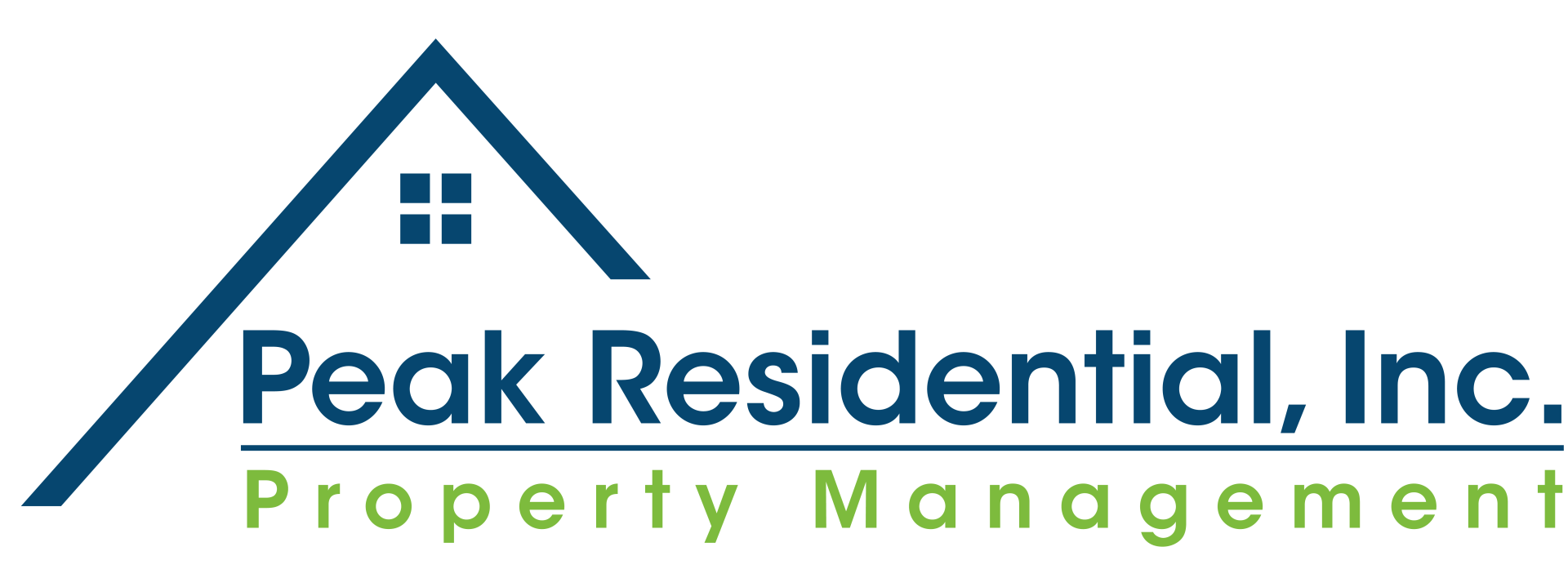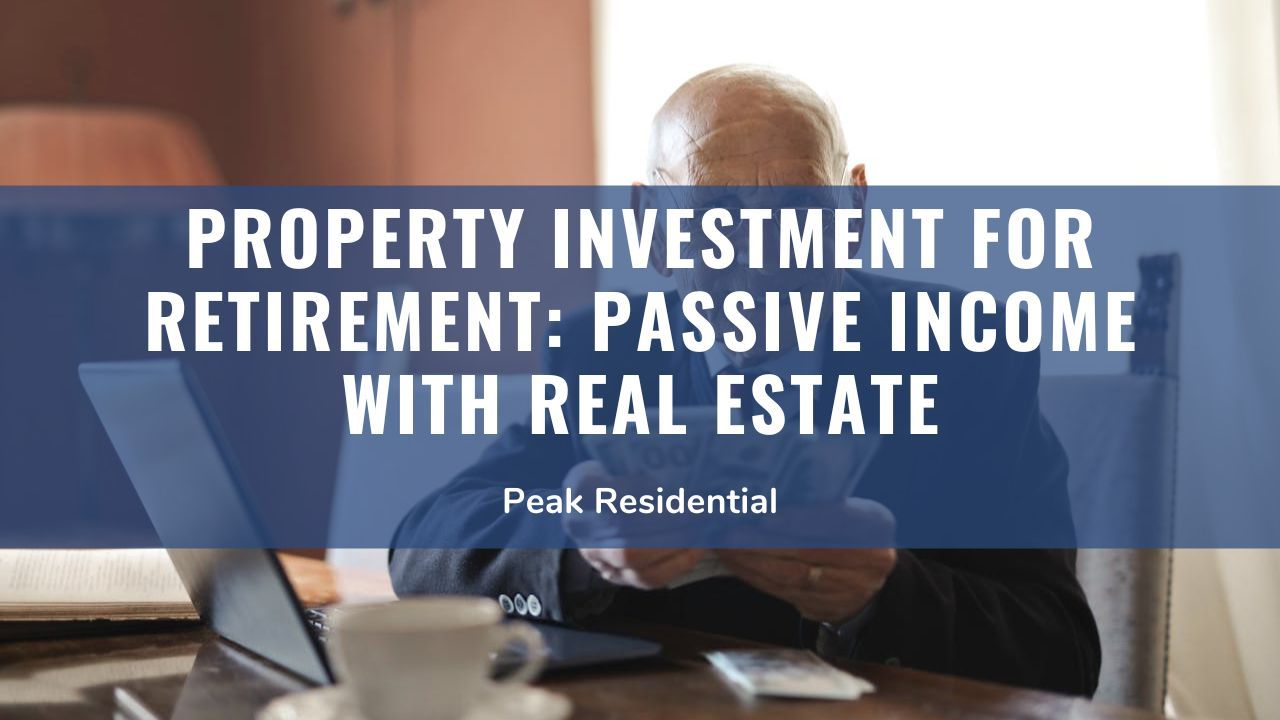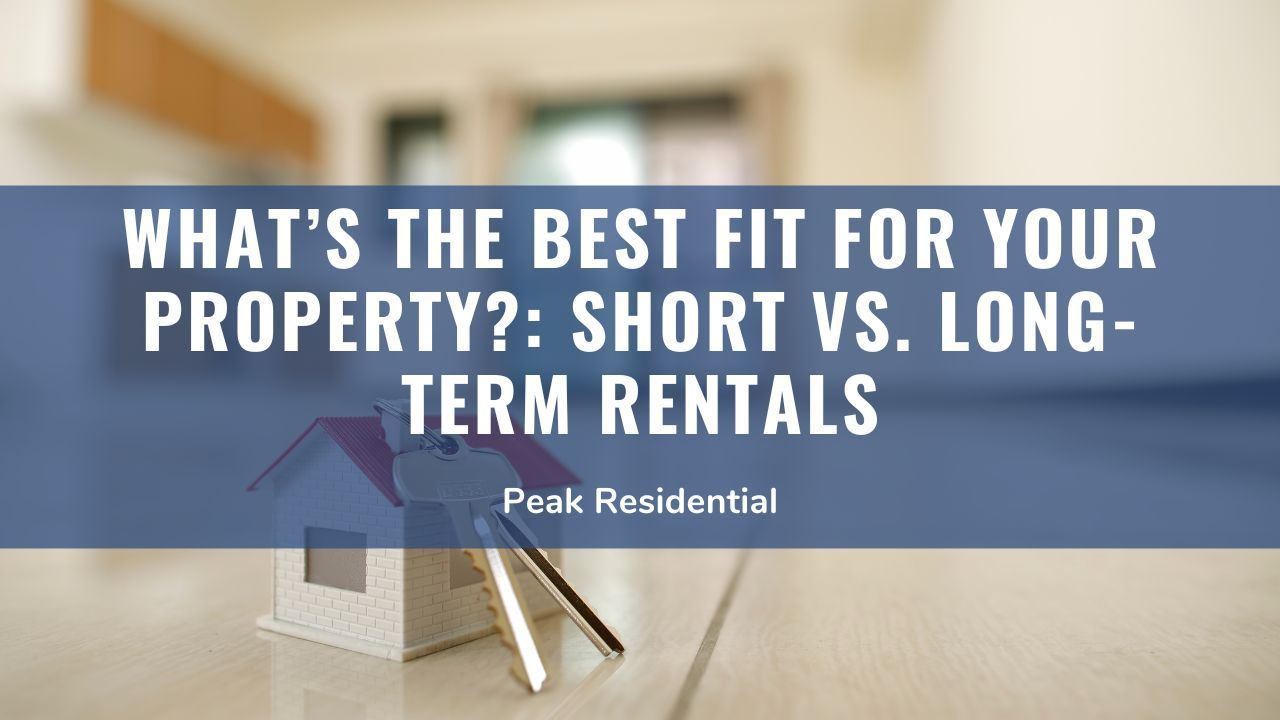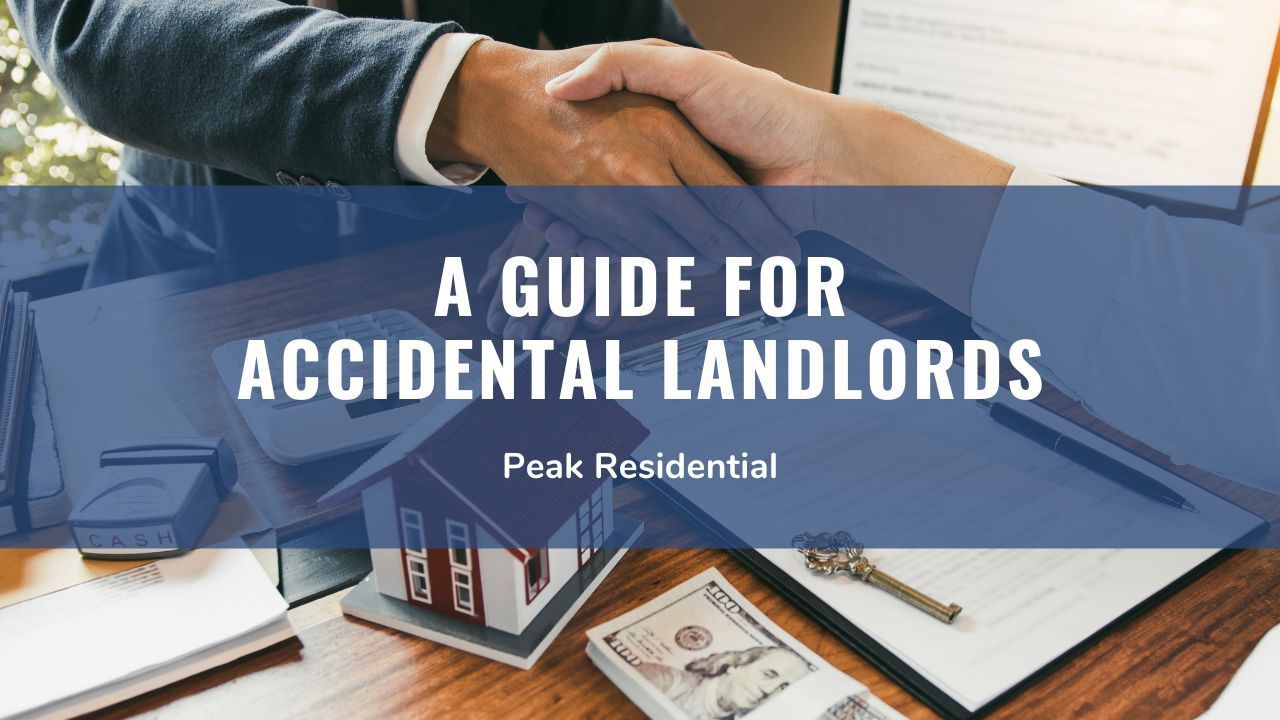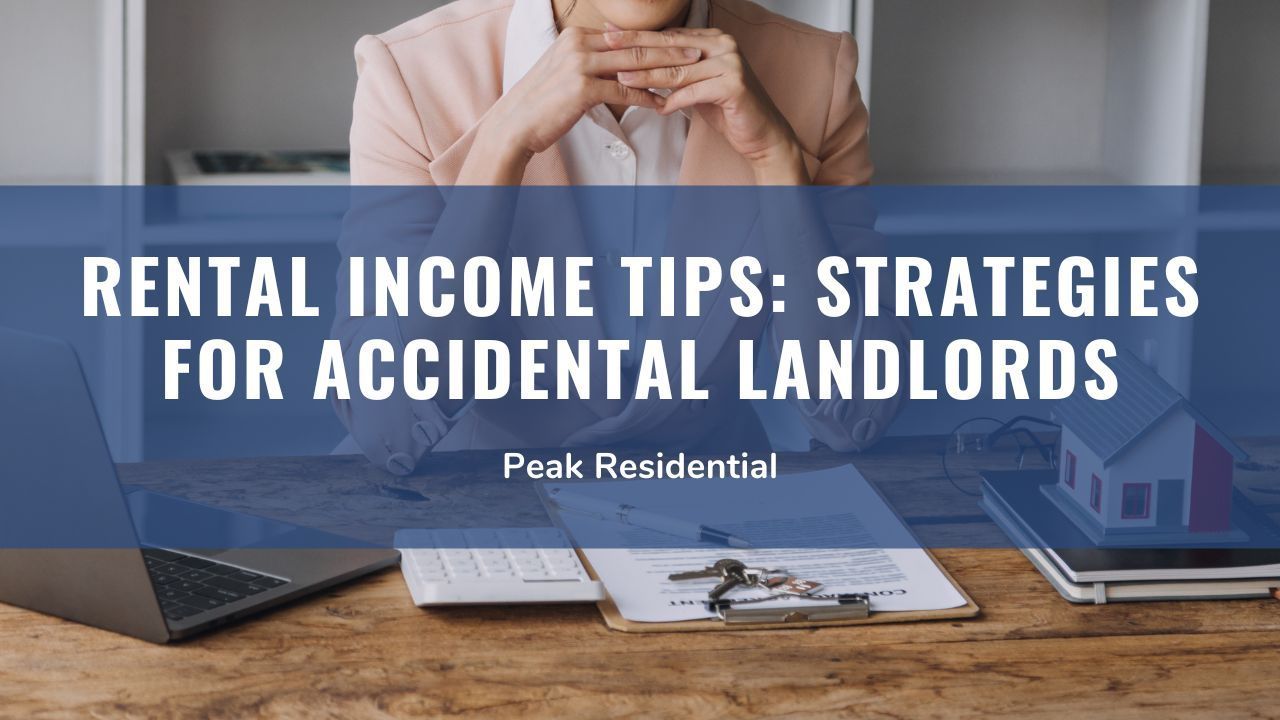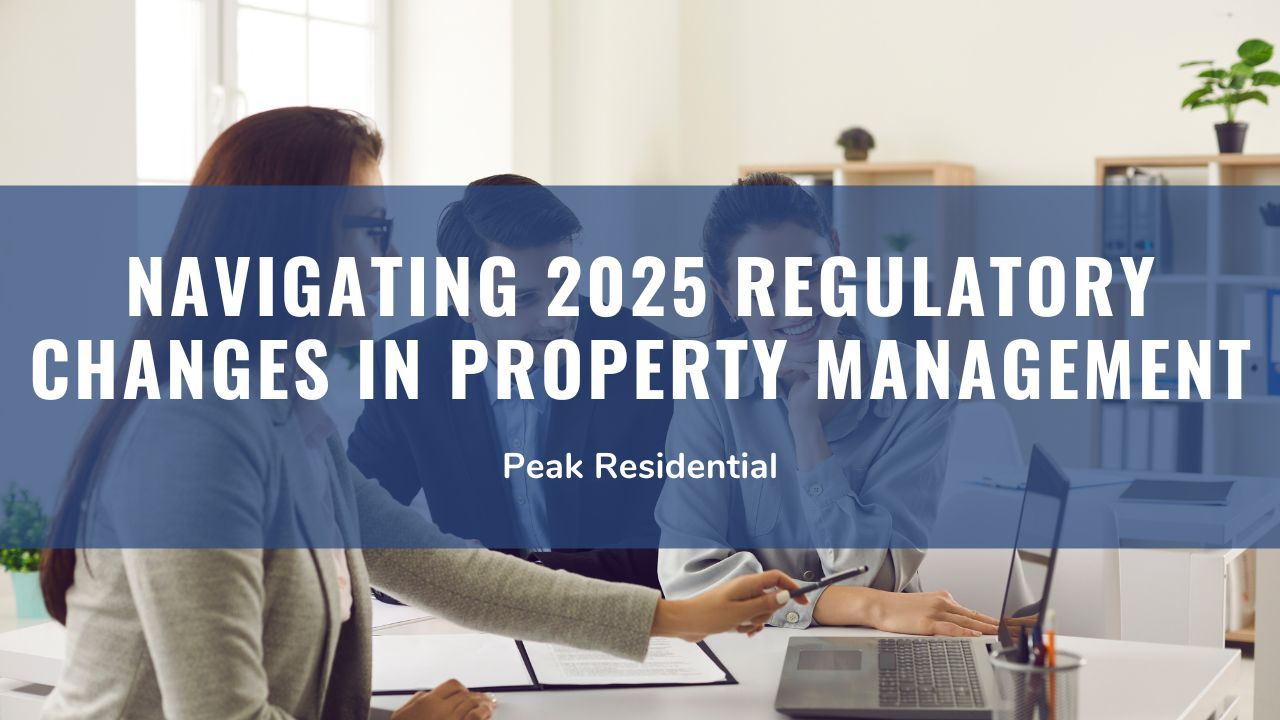Are you real estate investors, struggling to determine if your rental property is delivering the returns you expected? Calculating the return on investment (ROI) is crucial for landlords looking to increase yourproperty’s appreciation rate and make informed decisions about future properties.
Understanding how to calculate real estate ROI on rental property isn't just about crunching numbers; it's about gaining insight into how well your real estate investment is performing in relation to the time, effort, and money you've put into it. In today's competitive market, landlords must be strategic, ensuring every dollar works to grow their rental property investing portfolio. Calculating ROI is a great first step!
Steps to Accurately Calculate ROI
Here are the steps to accurately calculate the ROI (Return on Investment) on a real estate property:
1. Determine the Property’s Total Investment Cost
You determine the total real estate properties cost by calculation the following:
- Purchase Price : The starting point for calculating ROI is the rental properties purchase price. This is the amount you paid to acquire the rental property, which should be recorded in your purchase price agreement or closing costs statement
- Renovations and Repairs: Include any expenses for renovations or repairs required to make the rental property rentable or improve its value. This could involve cosmetic updates and Major Repairs.

- Closing Costs: These are the fees paid at the closing of a real estate transaction. These can include title coverage, appraisal fees, inspection fees, attorney fees and recording fees.
- Additional charges: Factor in any additional charges associated with the acquisition, such as broker’s fees, loan fees and moving charges.
Adding all these charges together equals the rental properties total investment cost.
2. Calculate Annual Rental Income
- Monthly Rental Income: Start by determining the amount of rent you charge your tenants each month. This should be consistent and based on current market rates.
- Yearly Rent Calculation: Multiply the monthly rent money by 12 to obtain the yearly income: Yearly Rental Income=Monthly Rent×12
- Adjust for Vacancies: Consider the potential for vacancy periods. To account for this, Research the local vacancy rates or historical data. Calculate vacancy deductions by subtracting the percentage of the yearly income to estimate the impact of vacancies:
Adjusted yearly Rental Income= Yearly rental property Income×(1−Vacancy Rate)
3. Subtract Operating Expenses
- Rental property Taxes: Include the yearly taxes, which can be found on your rental property tax statement or local government website.
- Insurance: Add the cost of homeowner’s or landlord’s, which covers potential risks and damages to your rental property.
- Maintenance and Repairs: Estimate ongoing maintenance and repair charges including Routine Maintenance and Major real estate Repairs.

- Property Management Fees: If you use a rental property management company, include their fees, usually a percentage of the monthly rent or a flat fee.
- Utilities: If you cover any utility costs for the rental property, such as water, gas, or electricity, add these expenses.
- Other Expenses: Consider any additional charges like,HOA Fees and Advertising charge
Sum all these charges to get the total operating expenses:
Total Operating Expenses=Property Taxes+Insurance+Maintenance and Repairs+Property Management Fees+Utilities+Other Expenses
4. Calculate Net Annual Income
Here are the steps to calculate Annual pay
- Determine Gross Annual Income: Start with the total annual money you calculated: Gross Annual Income=Adjusted Annual Rental Income
Deduct Operating Expenses: Subtract the total operating expenses from the gross annual pay to find the net annual income. This reflects the actual pay generated by the rental property after accounting for all regular charges: Net operating Income = Gross yearly Income−Total net operating income
- Consider Additional Income
If the rental property generates other forms of pay, such as parking fees, laundry facilities, or storage rentals, include these in your net pay calculation: - Additional Income Sources: Add any supplementary income to your gross pay before subtracting expenses.
5. Divide Net Income by Total Investment
- Total Real Estate Investment Cost: Revisit the total real estate property cost, which includes the purchase price, closing costs, renovations, and any other acquisition-related expenses. This is the total amount you have invested in the rental property.

- ROI Calculation Formula
To find the ROI, divide the net annual pay by the total investment property cost:
ROI (%)= Net Annual pay/Total Investment Cost
- Convert to Percentage: To express ROI as a percentage, multiply the result by 100: ROI (%)=ROI×100. This percentage shows the return on your investment relative to the cost.
6. Interpret The Percentage
Now that you have converted the ROI into a percentage you are able to interpret it.
- Positive ROI: A positive ROI indicates that your property is generating profit relative to your investments.
- Negative ROI: A negative ROI suggests that your real estate investment property is not covering your costs and may require reevaluation.
- Compare and Analyze: Use this ROI percentage to compare different properties or investment opportunities. This helps you make informed decisions about where to allocate your resources for optimal returns.
Final Words
Calculating ROI on a rental is crucial for assessing your property's profitability and making informed investment decisions. For personalized assistance in navigating these calculations and optimizing your returns, reach out toPeak Residential.
Our expert team can provide tailored advice and support to help you understand your investment’s performance and identify strategies that best suit your needs.
Contactus today to explore the options to maximize your property’s potential.
